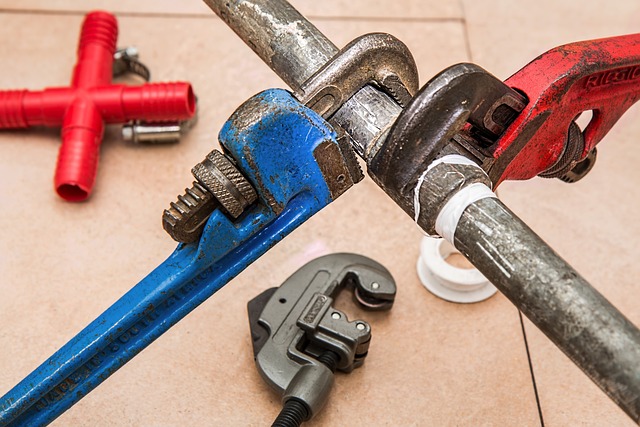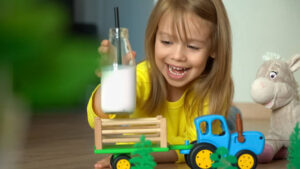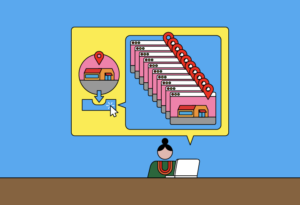
Homeownership comes with a multitude of responsibilities, and one of the most crucial is regular maintenance. Keeping up with home repairs not only ensures your living space remains comfortable and safe but also helps maintain the value of your property. While some repairs might seem minor or easy to overlook, addressing them in a timely manner can prevent small issues from turning into major, costly problems down the road. Regular maintenance is an investment in the longevity and integrity of your home.
When small home repairs are neglected, they often lead to larger, more complex issues. For example, a minor leak might seem like a simple fix, but if left unattended, it can cause significant water damage, mold growth, and even structural issues. These escalating problems not only compromise the safety and comfort of your home but also result in much higher repair costs later on. In some cases, ignoring necessary repairs can even lower the resale value of your property, making it harder to sell your home in the future.
This article aims to highlight some of the most common home repairs that should never be ignored. By understanding the potential risks associated with neglecting these issues, homeowners can take proactive steps to maintain their homes and avoid costly repairs. We’ll cover various areas of concern, including plumbing, electrical systems, and more, providing insights into why these repairs are crucial and how to address them effectively.
1. Plumbing Leaks
Plumbing leaks are one of the most common issues homeowners face, and they can occur in various places throughout the home. Common signs of plumbing leaks include dripping faucets, water stains on walls or ceilings, mold growth, and an unexplained increase in your water bill. You might also notice damp or musty smells in certain areas, which can indicate a hidden leak. In some cases, leaks may not be immediately visible but could be causing significant damage behind walls or under floors.
Risks of Ignoring Plumbing Leaks
Ignoring plumbing leaks can lead to a host of problems, many of which can be severe and costly. Water damage is one of the most significant risks, as even a small leak can cause rot in wood structures, damage to drywall, and compromise the integrity of your home’s foundation. Mold growth is another major concern, as it not only damages materials but also poses serious health risks, especially for those with allergies or respiratory conditions. Furthermore, unchecked leaks can lead to water waste, driving up your utility bills unnecessarily.
Solutions
To avoid the complications associated with plumbing leaks, it’s important to address them as soon as they are detected. Regularly inspect areas of your home where leaks are most likely to occur, such as under sinks, around toilets, and near water heaters. If you notice any signs of a leak, it’s best to call a professional plumber to assess the situation and make necessary repairs. Preventive measures, such as upgrading old fixtures and ensuring proper insulation of pipes during colder months, can also help minimize the risk of future leaks.
2. Electrical Issues
Electrical problems can range from minor inconveniences to serious hazards, and it’s crucial to identify them early to avoid potential dangers. Common signs of electrical issues include flickering lights, outlets that are warm or hot to the touch, frequently tripped circuit breakers, and a burning smell near outlets or switches. You might also notice buzzing sounds from your electrical panel or outlets, which can indicate faulty wiring. If you experience any of these symptoms, it’s essential to address them promptly to prevent further damage or potential fires.
Risks of Ignoring Electrical Issues
Ignoring electrical issues can have severe consequences. Faulty wiring or overloaded circuits can lead to electrical fires, which are not only dangerous but can also result in significant property damage. Additionally, problems like tripped breakers or malfunctioning outlets can cause damage to your appliances and electronics, leading to costly replacements. Electrical issues can also increase the risk of electrocution, especially if repairs are attempted without proper knowledge or precautions. It’s important to remember that electrical systems are complex and should be handled by professionals to ensure safety.
Solutions
To prevent electrical problems from escalating, regular inspections by a licensed electrician are recommended, especially in older homes where wiring may be outdated. If you notice any signs of electrical issues, it’s crucial to turn off the affected circuit and contact a professional immediately. Simple preventive measures, such as avoiding the use of too many high-wattage appliances on a single circuit and regularly checking for loose or damaged outlets, can also help reduce the risk of electrical problems. When dealing with any electrical work, always prioritize safety by hiring qualified electricians who can ensure your home’s electrical system is up to code and functioning properly.
3. Cracked or Peeling Paint
Cracked or peeling paint may seem like a cosmetic issue, but it often indicates underlying problems that need attention. You might notice paint peeling, cracking, or bubbling on both the interior and exterior surfaces of your home. Exterior paint issues are often caused by weather exposure, moisture, or poor surface preparation before painting. Inside the home, peeling paint can be a sign of moisture problems, poor ventilation, or even previous water damage. In older homes, peeling paint might also expose lead-based paints, which pose serious health risks, particularly to children and pregnant women.
Risks of Ignoring Paint Problems
Ignoring cracked or peeling paint can lead to more significant problems over time. On the exterior of your home, peeling paint can expose the underlying materials to moisture, leading to wood rot, rust, and other forms of decay. This can compromise the structural integrity of your home and lead to costly repairs. Inside, peeling paint can signal moisture problems, which can lead to mold growth and further damage to walls, ceilings, and floors. Additionally, if lead-based paint is present, peeling paint can create harmful dust that can be inhaled, posing serious health risks.
Solutions
To address peeling or cracked paint, it’s important to identify and resolve any underlying issues, such as moisture or ventilation problems, before repainting. For exterior surfaces, ensure the surface is properly prepped by scraping off loose paint, sanding, and applying a primer before repainting with a high-quality, weather-resistant paint. For interior surfaces, addressing the source of moisture is critical. If your home has lead-based paint, it’s essential to hire a professional who is certified to safely remove or encapsulate the paint. Regular maintenance, such as repainting every few years and addressing small issues as they arise, can help prevent larger problems and keep your home looking its best.
Let Elite Cleveland Handyman Help You Keep Your Home Safe
Take charge of your home’s health and avoid costly repairs by addressing issues early. If you’ve noticed any signs of the problems mentioned in this article or if you’re due for a routine maintenance check, now is the perfect time to act. Don’t wait until minor issues turn into major headaches. Contact Elite Cleveland Handyman today to schedule an inspection or repair service. Our team of skilled professionals is ready to help you keep your home in top condition, ensuring a safe and comfortable living environment for you and your family. Reach out to us now to get started!





